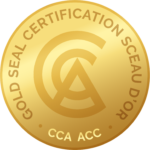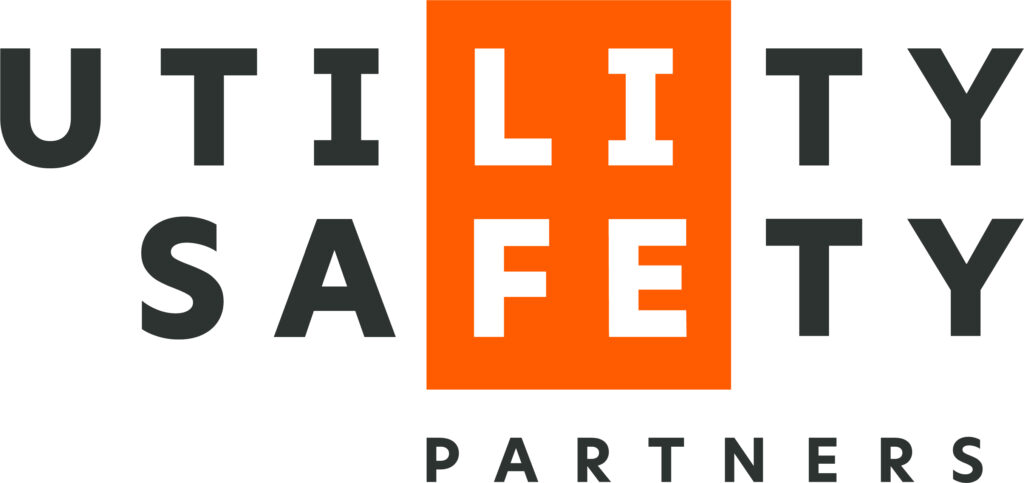Safety Headgear / Hard Hats
Under the Occupational Health and Safety Regulation, “safety headgear must be worn by a worker in any work area where there is a danger of head injury from falling, flying or thrown objects, or other harmful contacts.” Hard hats need to comply with Type I and II top and lateral impact CSA Z94.1-2005 (Class E), ANSI/ISEA Z89.1-2009 (Class E) standard. Your hard hat has a label of certification on the inside of the hard hat shell.
Type I Hard Hats are intended to reduce the force of impact resulting from a blow only to the top of the head.
Type II Hard Hats are intended to reduce the force of lateral impact resulting from a blow received off-centre, from the side, or to the top of the head.
Hard hat electrical performance is divided into 3 categories: Class E, Electrical; Class G, General, and; Class C, Conductive.

Discussion What a Hard Hat Does
- Protects you from falling objects.
- Protects your head in case of a fall or bump’s into machinery and the like. It also protects you from electrical shocks and burns if it’s a non-conductive hat.
- It is a place to put stickers and decals.
Proper Care for your Hard Hat
- Keep your hard hat properly adjusted.
- Do not cut, bend or heat the hard hat.
- If you see gouges or cracks in the shell, or the colour turns dull, its time for a new one.
Proper Wear
- Most importantly, wear it and wear it correctly. Do not wear it backwards.
- Do you need lateral or side protection. Don’t put anything inside except your head.
- Do you need a chin strap in order to keep it on your head.
- Don’t try to substitute it for a “bump cap.” The bump cap will not provide adequate protection from falling objects.
- It is not a stool or a step; doing so weakens the shell of the hard hat.




